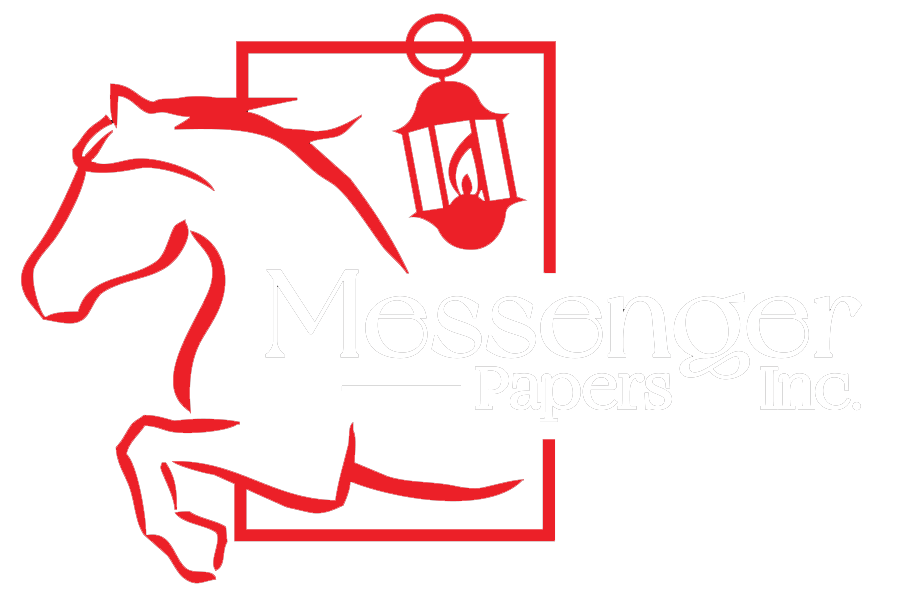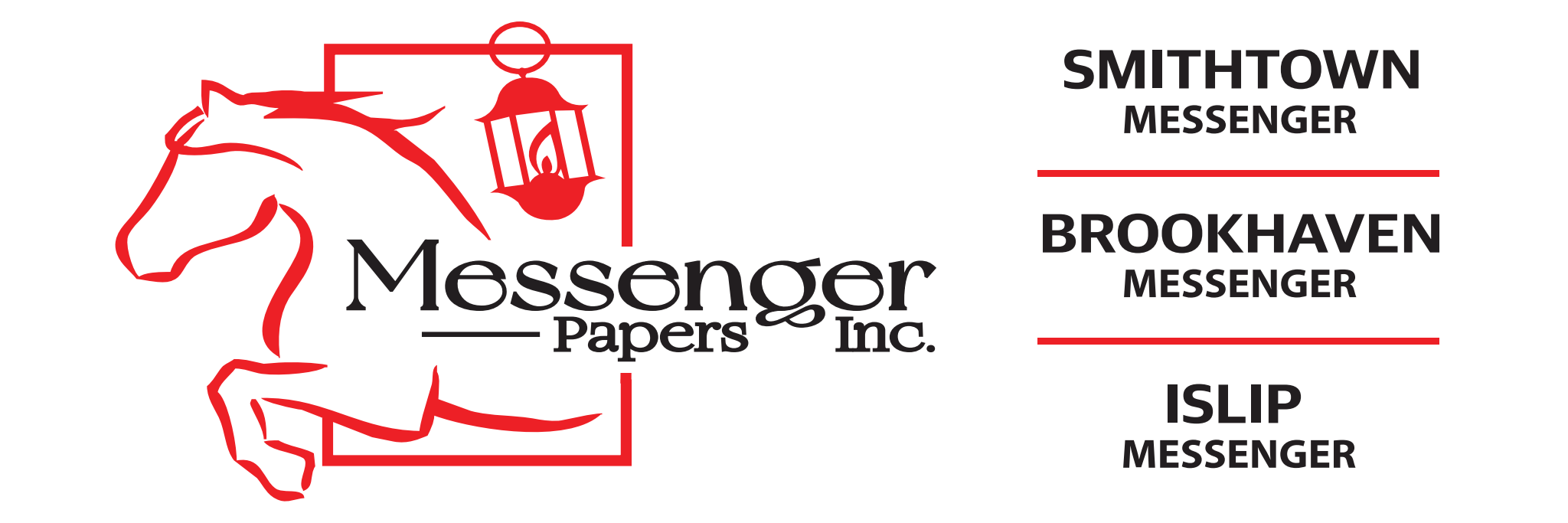By Mollie Barnett
The rapid advancement of artificial intelligence models is forcing a fundamental reassessment of corporate governance frameworks, as organizations navigate an increasingly complex landscape of citation standards, copyright requirements, and regulatory obligations. This transformation comes amid heightened scrutiny from regulators and shareholders, who are demanding more sophisticated approaches to AI risk management.
The Bias Challenge
One of the most significant challenges facing AI governance is the misconception of neutrality.
“AI inherits biases from its training data, and the goal isn’t to eliminate bias entirely but to align with desired values,” explains Dr. Yash Charurvedi, expert in machine learning and AI. “This dynamic creates particular challenges for policy frameworks, as the compounding effects of AI system growth continue to reshape these values.”
Standards in Flux
The evolving nature of AI standards stems from several key factors:
• Continuous innovation in algorithms and architectures
• Industry-specific requirements across healthcare, finance, and autonomous vehicles
• Emerging ethical concerns regarding fairness and accountability
• Growing security threats requiring robust risk management protocols
Shadow AI and Implementation Hurdles
Organizations face a particular challenge in policy implementation: overly restrictive AI policies can lead to “Shadow AI” – unauthorized use of AI tools by employees who are seeking more efficient solutions. This reality pushes companies toward more adaptable governance frameworks.
“Limiting your staff to subpar AI tools inevitably results in shadow usage,” notes Michael Cook, My AI Workshop. “The key is building flexible policies that evolve with the technology while maintaining security and compliance standards.”
Critical Framework Components
Successful AI governance frameworks typically encompass:
• Model Requirements
• Documentation of approved AI models and their citation standards
• Clear content generation and attribution guidelines
• Regular capability assessment and requirement updates
• Compliance Structure
• Integration with existing regulatory systems
• Audit protocols and documentation standards
• Regular effectiveness assessments
• Training Programs
• Comprehensive staff education
• Model-specific requirements
• Real-time protocol updates for evolving standards
• Clear compliance escalation paths
Who Are the Market Leaders When It Comes to Implementation
There are a few organizations that research has uncovered as pioneers in AI governance. BlackRock, who boasts a framework that includes regular policy updates and mandatory training; and IBM, implemented sophisticated tracking systems for model requirements and compliance. These are hardly fair comparisons though. Both giant enterprises, that not only have the luxury of budgets that rival countries but also were afforded the technology years ahead.
As new models emerge and existing ones evolve, AI governance faces increasing complexity
Organizations must prepare for:
• Enhanced regulatory scrutiny and documentation requirements
• Growing emphasis on ethical AI usage
• Integration of AI governance with broader corporate strategy
The challenge for organizations will be maintaining innovation while ensuring compliance, security and ethics in a rapidly evolving technological landscape. Success will depend on building flexible governance frameworks that can adapt to changing requirements while maintaining robust oversight.
Mollie Barnett, a Microsoft-certified Generative AI expert and Forbes Communications Council member, brings twenty years of marketing leadership to AI transformation. She specializes in helping SMBs implement practical AI solutions for business, training, and integration, and provides strategic guidance on AI ethics, security and compliance.




